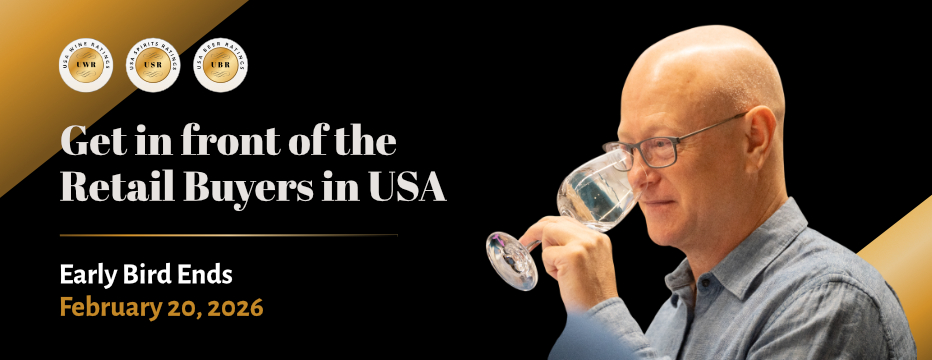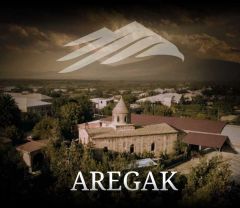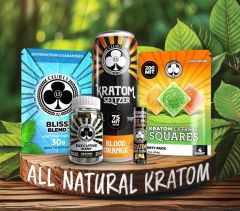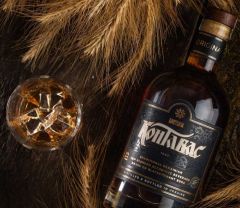Sommeliers Choice Awards 2025 Winners
Barolo & Barbaresco: Tradition, Terroir, and Timelessness in Every Glass
Sandro Minella on Barolo, Barbaresco, and the Heart of Langhe

The Langhe region, nestled in Italy's Piedmont, is home to some of the most revered wines in the world—Barolo and Barbaresco. Known for their complexity, these Nebbiolo-based wines encapsulate the rich heritage, diverse terroirs, and artisanal craftsmanship of this historic land. In this interview, we talk to Sandro Minella, the Scientific Coordinator of the Barolo & Barbaresco Academy, sommelier, and wine educator, to explore the evolution of these celebrated wines, the influence of terroir, and the steps winemakers are taking toward sustainability. Along the way, Sandro offers a glimpse into the Academy's mission to deepen appreciation for the wines of Langhe.
As Sergio Germano, Winemaker and President of Consorzio di Tutela Barolo Barbaresco Alba Langhe Dogliani mentions, "Our Territory has unique characteristics thanks to the geomorphology and the coexistence of different denominations, originating from the many different grape varieties that are traditionally grown there.
Barolo and Barbaresco in the foreground and all the other denominations of the Nebbiolo grape variety, in addition to those originating from the equally historic Dolcetto and Barbera, combined with those that flow into the Langhe DOC, form a complex wine panorama that must be known in order to appreciate its complexity.
Our Consortium has created the Academy program that includes two paths: the main one, the Barolo Barbaresco Academy, of the first and second level, held in Alba, and the itinerant format of the Barolo Barbaresco Academy World Edition, which travels through Europe and the monopolies of Northern Europe and Canada.
The goal is to spread 360° knowledge of our territory, from geology to viticulture, the environment, and the various expressions of winemaking, so that operators can fully appreciate the expressiveness of our wines"
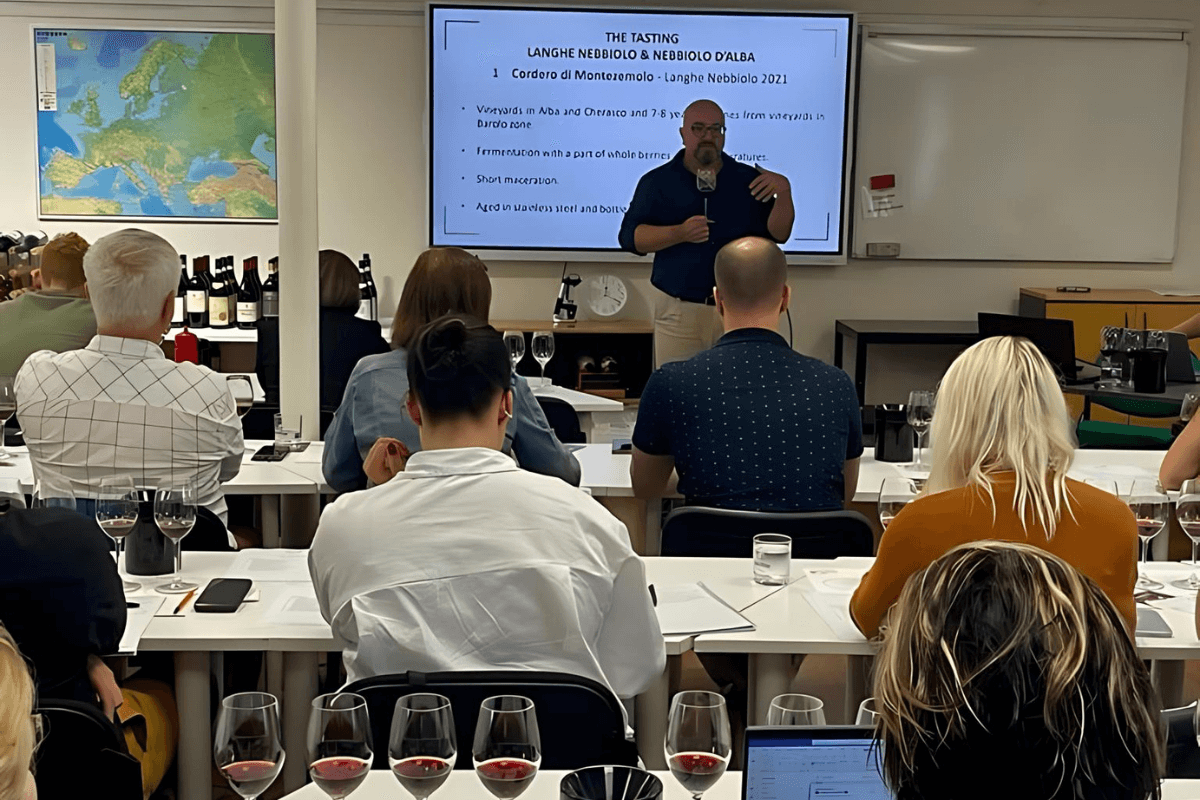
Image: Barolo & Barbaresco Academy World Edition, Source: Langhe Vini
Sandro, can you elaborate on the historical evolution of the Barolo and Barbaresco wine regions? How have the practices and perceptions of these wines changed over the decades?
The origins of Barolo are as legendary as the protagonists of its story. Barolo was born in the 1830s and 1840s in an area between the estates of the Marquis Falletti in Barolo, King Carlo Alberto in Pollenzo and Verduno, and the Count Cavour in Grinzane, thanks to the care and technical innovations introduced by the Genoese oenologist Francesco Staglieno and the French oenologist Louis Oudart. In the years following the deaths of the Marquises Falletti and Cavour, the vineyards they owned were gradually sold to the factors and sharecroppers who cultivated them. Between, the nineteenth and twentieth centuries, this led to the fragmentation of ownership that still characterizes the Langhe today.
With the advent of the First World War, the effects of the crisis and vine diseases such as phylloxera were not long in coming, but Barolo did not die. During the Second World War and in the post-war period, there was a migration from the countryside to the cities' industries, and little Barolo was sold.
Its rebirth came with the introduction of the DOC in 1966 and the DOCG in 1980, but above all thanks to the hard work of many small producers and some enlightened personalities, including Renato Ratti, who drew up the first complete map of the Barolo area, with the first delimitation and classification of the most important vineyards. This period also saw a radical change in the production structure; hundreds of winegrowers, who had previously sold their grapes to a limited number of large merchants, gradually became producers themselves.
Thanks to technical innovations (thinning, short macerations, and use of barriques) and the commercial effort of this new generation of producers, in the early 90s Barolo sees its definitive consecration as a great wine at an international level, conquering the covers of the most important wine guides and magazines.
In the last decades, the main focus of the producers has been more and more on the expression of the terroir, and the prices of the best vineyards have gone rocket-high. The value and the image of the territory have also brought a fast growth of wine tourism; therefore, many local producers have diversified their assets, investing more and more in the hospitality, restaurant, and tourist services business.

Image: The Langhe; Source: Langhe Vini
How has your background and experience shaped your understanding and appreciation of Barolo and Barbaresco wines? Are there any particular moments or experiences that have profoundly influenced your career?
The main influence on my appreciation and my career in the Langhe wines business was… that I was born in this region! As long as I can remember I’ve always been helping in some cellars with any possible tasks; someone might call me a cellar rat. Starting from this long practical experience, I’ve deepened my technical knowledge with courses at the ONAV (Italian Organization of Wine Tasters), FISAR (Italian Sommeliers Federation), and WSET.
But vising cellars, talking with enologists and producers, and tasting wines on a daily basis, are still my main sources of information and the experiences that really shaped my understanding and appreciation.
How do the terroirs of Barolo and Barbaresco differ in terms of soil composition, microclimate, and altitude? How do these factors influence the characteristics of the Nebbiolo grape in each region?
Barolo and Barbaresco wine zones, located just a few kilometers away from each other, share the same geological origins. The large majority of the soils, therefore, have the same composition: the ones found in the south-east part of Barolo are the same that we see in the south and eastern corner of the Barbaresco region, the marls of the central part of Barolo are the same in the central and northern sector of Barbaresco.
What really makes a difference is the different geographical position. Barolo, on the west, is closer to the Alps and is surrounded by the tall ridges of La Morra, Monforte, and Serralunga hills, which keep this zone protected both from the cold winds from the Alps and the hot, humid air blowing from the plane of the Tanaro River valley. Barbaresco, on the east, is far from the Alps and well protected from its cold winds and at the same time open to the valley. As a consequence, the climate in Barbaresco is milder. On an average year, we usually harvest Nebbiolo in Barbaresco about one week earlier than in Barolo (especially in its higher elevations). Some years the climate can be hugely different: in 2014, one of the rainiest summers we can remember, we had 30% less rain in Barbaresco than in Barolo on average, with local differences up to 60%. Almost like two different vintages in the same year!

Image: Nebbiolo Grapes; Source: Langhe Vini
How do different aging processes (e.g., the use of large casks vs. small barriques) affect the profile of Barolo and Barbaresco wines? What trends are you seeing among producers in terms of aging practices?
The disputes between the so-called “modernists” (using barriques) and “traditionalists” (using large casks) are well over, for so many years now. Now all the attention and efforts of the winemakers are focused on the expression of the terroir of every single small parcel. The choice of the type of barrel, as well as any other technique that can be used in the cellar depends on the terroir, and not vice-versa.
Letting each terroir express itself, with all its peculiarities, means also to protect its unicity. This means that sustainable practices are a must for all producers: this is the only way to preserve the quality of the terroir.
What are some of the unique vineyard management practices in Langhe that contribute to the quality and distinctiveness of Barolo and Barbaresco wines? Additionally, what steps are being taken by winemakers in these regions to address sustainability and environmental concerns?
Precision agricultural practices, letting the grass grow between the rows, green manure, as well as accurate canopy management, are absolutely a standard for all producers today. The small dimensions of the estates, almost all of them are family-run, can be critical from a strictly financial point of view (high fixed costs compared to the production volumes), but on the other side it helps a tailored approach to the management of the vineyards, that are constantly under the attention of the owner, that is most of the times also the agronomist and the winemaker.
The simple fact that the owners and their families usually both live and work every day surrounded by their own vineyards, makes them the first to be concerned about the sustainability and the health of their land.
[[relatedPurchasesItems-61]]
What are the key tasting notes and characteristics that distinguish Barolo from Barbaresco? How can a wine enthusiast identify these wines blind-tasted?
It’s absolutely not easy in a blind tasting! The differences within each appellation, in terms of soil and climate, are huge! The question is hard to answer… The right question tasters should ask themselves should be: “What are the differences between this specific Barolo, from this specific vintage, and this specific Barbaresco?”.
In general terms, Barbaresco is defined as more soft tannins, more silky and delicate, and Barolo as more structured and deep. Many times it’s true, but the incredible variety of expressions of each appellation is their real plus, the kaleidoscope of perfumes, tastes, and perceptions that they can give is what really thrills a wine enthusiast.
If I had to find a keyword for both appellations, that could be “diversity”.
Therefore, take your time, and never stop at the first impression when you judge a Barolo or Barbaresco. The differences, and the real emotions, are in the details.

Image: BBWO 2024 (Barolo & Barbaresco World Opening). Source: Langhe Vini
As the official “Knight of the Truffle and the Wines of Alba”, what are your favorite food pairings for Barolo and Barbaresco? Are there any traditional Piedmontese dishes that particularly complement these wines?
When I have traditional dishes with white truffles, I always prefer a slightly aged, round, and rich white wine, like many Chardonnay or aged Arneis from the Langhe or Roero.
With Barolo and Barbaresco, I prefer rich main courses, like braised beef with vegetables, but above all, I like to pair them with… the right company of people who understand and appreciate them.
As the scientific director and teacher at the Barolo & Barbaresco Academy, what are some of the key lessons or insights you strive to impart to your students about these wines and their heritage?
These are wines that are much more than a specific taste profile, a method of production, or a brand, they bring the entire territory and its culture inside a glass. So we always start from the territory and its history and peculiarities before we even start talking about wine.
A key lesson they also get is to focus on diversity rather than trying to find rules and strict relationships between soil, vintage, winemaking techniques, and taste of wine. We give them all the technical information and skills to understand our wines. But above all, we invite them to “be thirsty, be foolish”, as Steve Jobs would say, and keep exploring and experiencing themselves.

Image: Sandro Minella; Source: Langhe Vini
Are there emerging markets or trends that are particularly exciting or challenging for producers right now?
The traditional markets, such as the USA and UK, are still our reference markets, but they are in constant, fast evolution. Even if they have well-established and strong relationships there, it’s always important for our producers to be present in first person on these markets, and not leave everything totally in someone else’s hands.
China keeps being a big dream, some producers have grown a lot there, but for most of our wines, this market has never really boomed as someone might have expected. It’s a hard and complicated country for small family-run wineries.
Scandinavia, in the last ten years or more, has shown a big consistent growth, not only in volumes but in terms of mutual knowledge and appreciation. The wine lovers here seem to be genuinely in love not only with the wines, but the Langhe region as a whole, as we can tell from the large number of Scandinavian tourists that come, and keep coming back every year.

Image: Grandi Langhe 2024; Source: Langhe Vini
Conclusion:
Barolo and Barbaresco are more than just wines; they are an embodiment of Langhe's rich culture, heritage, and landscape. As Sandro Minella eloquently highlights, their true beauty lies in their diversity—each bottle is a reflection of its unique terroir, climate, and craftsmanship. With initiatives like the Barolo & Barbaresco Academy and the growing focus on sustainability, the future of these wines is as bright as their storied past. For wine enthusiasts around the world, there's no better time to explore the complexities of Langhe wines, as they continue to evolve and captivate palates globally.
In conversation with Malvika Patel, Editor and VP, Beverage Trade Network
Also Read:
A Taste of Italy: Lamberto Frescobaldi's Leadership at the UIV
Nebbiolo and Barolo: Piedmont Varietals Keep Trending on Wine Lists
Introducing the Second Batch of Ambassadors for the 2025 Sommeliers Choice Awards





